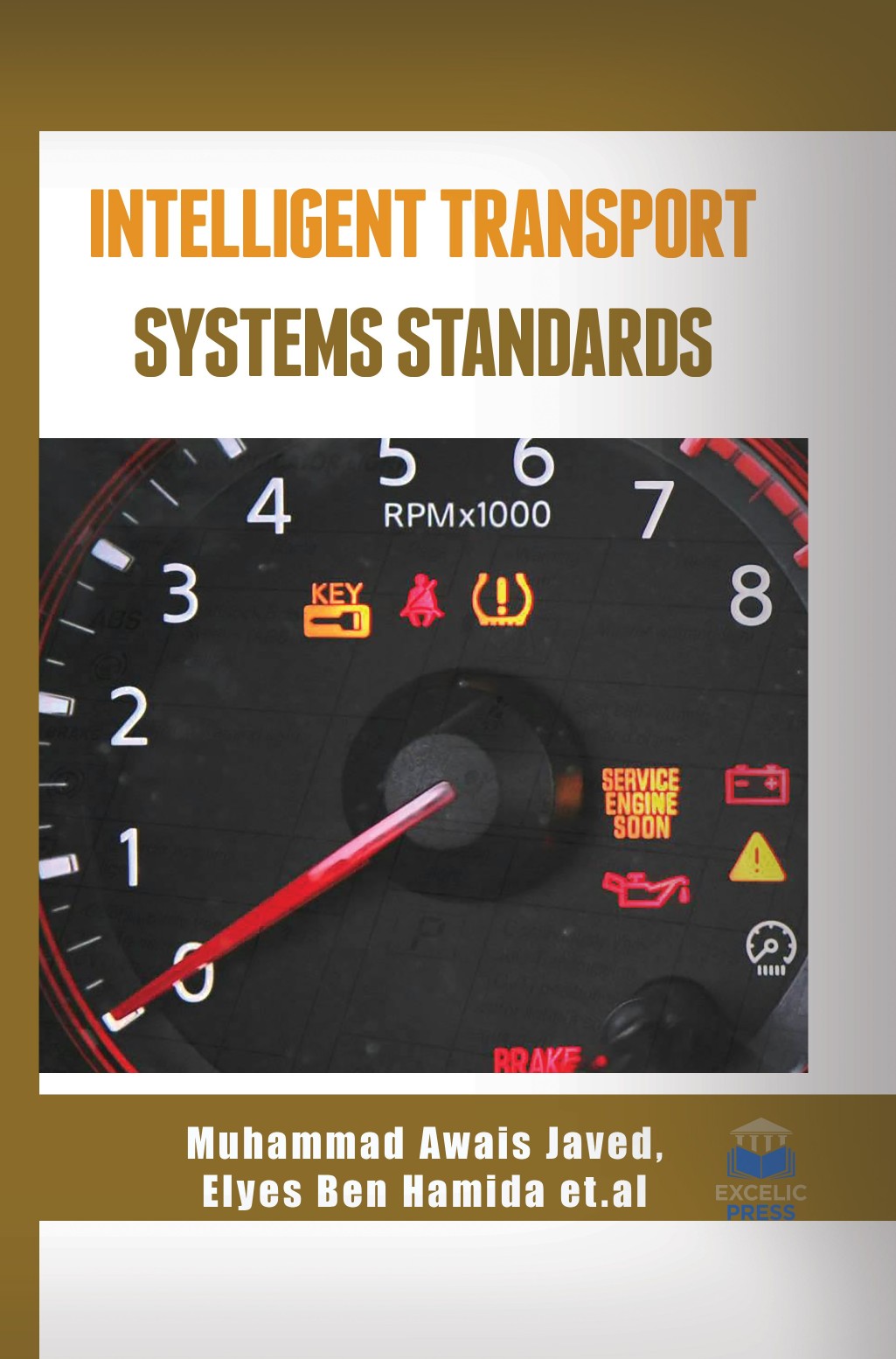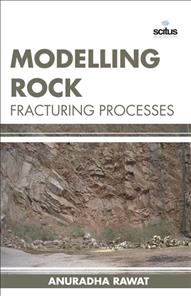Rapid vehicular growth aligned with ever growing population, rural to urban migration and economic increase has put enormous amount of pressure on transportation infrastructure, specifically on traffic management practices, as the major concern in the developed and developing countries. Traditional methods were used for monitoring the traffic i.e. deploying traffic lights, traffic signs, traffic policemen and round-about. But these methods are getting obsolete day by day. In the era of technology, interest in the intelligent transportation system comes from problems triggered by traffic congestion and a synergy of new information technology for simulation real time and communications networks. Traffic congestion has been increasing worldwide as a result of increased motorization, urbanization, population growth and changes in population density. Transportation goals and technology have always been closely associated. The Intelligent Transportation Systems (ITS) technology of today is subsidizing to improved transportation just as the steam and internal combustion engine technologies of the industrial revolution added to enriched transportation then.
This book ‘Intelligent Transport Systems Standards’ integrates state-of-art research and reviews on the development, planning, management, operation and evaluation of intelligent transportation systems. This book basically discusses the impact and the various application fields or Intelligent Transport System for road transportation. Also, this book includes the implementation or various transportation technologies that will be vital for homeland security, vehicular surveillance along with technologies that can make our ride more safe and economical. It attempts to understand the application of Intelligent Transportation System (ITS) as a solution to the current traffic management practices. It examines in detail a wide-range of ITS technologies and the benefits they are both having and expected to have, such as improved mobility, travel time, throughput, cost savings, improved safety as well as air quality and economic development benefits.
This book will guide students, researchers, and practitioners in the areas of transportation, electrical, mechanical, and traffic engineering, as well as specialists dealing with policy formulation and economics.













